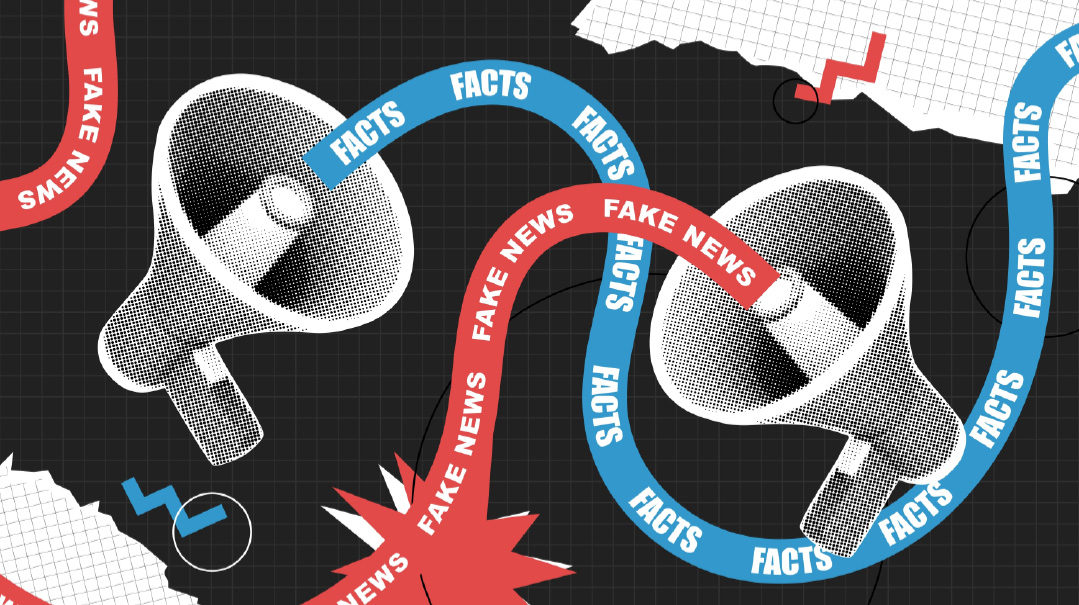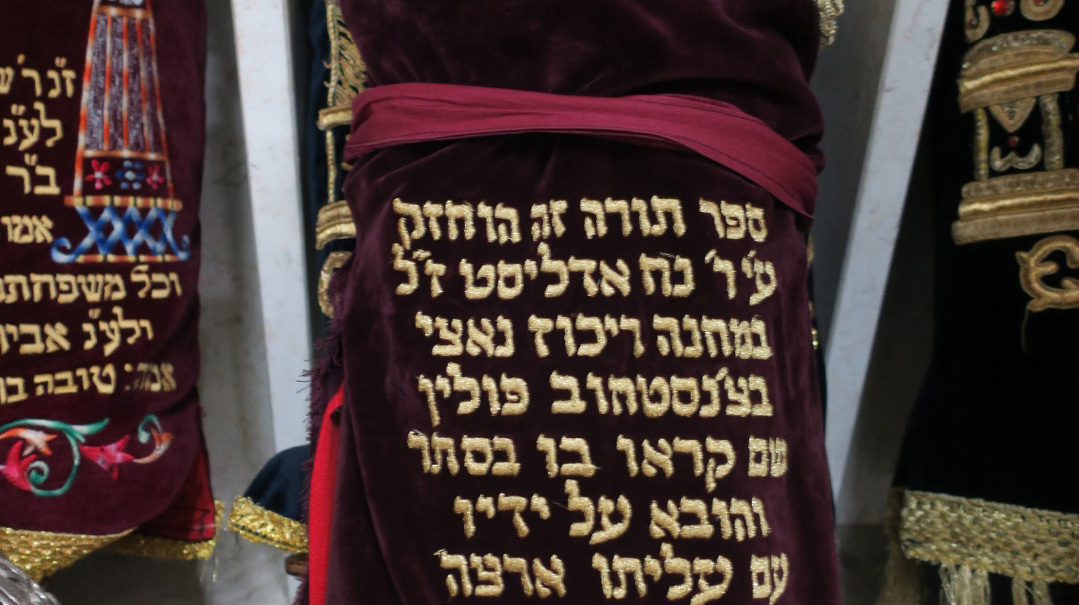Another Type of Great Awakening?

That is a clear thank-you. And it has been greeted with great excitement by the larger Israeli society

I
srael’s lightning six-day victory in 1967 is generally credited with having given rise to the first mass Israeli teshuvah movement. Even the difficult victory of the 1973 Yom Kippur War, in which Israel was caught by surprise on two fronts, spurred a further spiritual awakening. And all indications are that the national trauma with which all Israeli Jews have been living since Simchas Torah has sparked a desire on the part of many to come closer to Torah and mitzvos.
I cannot prove that last point based on any concrete statistics or surveys. At best, I can offer a pointillist presentation of some encouraging signs. In terms of numbers, one can point to the tens of thousands of tzitzis requested by soldiers and eagerly provided by the religious community. Ramat Beit Shemesh alone sent 14,000 tzitzis. And 2,500 soldiers received mehudar tefillin purchased by a group of American balabatim, after committing to lay tefillin every day.
In a clip of a woman calling in to a Chabad Center, she tearfully begs for Shabbos candles and someone to come to teach her what to do and what brachah to make, as she has never lit Shabbos candles before. The religious partners in Kesher Yehudi’s chavrusa program report that their study partners are increasingly open to religious observance. Not that they are willing to listen to discussions of Shabbat observance or taharat hamishpachah, but that they are initiating those conversations with such phrases as, “What can I do for Klal Yisrael?”
Sometimes the conversation begins with the nonobservant partner asking, “How do you calm your children at night?” The sensitive ear will not fail to understand that the real question is: “How do you calm yourself at night? Please share some words of emunah.”
An avreich active with Lev L’achim in Ashkelon, a city not far from Gaza and under constant rocket attack, sent his family to live in Bnei Brak, but decided himself to stay behind, so great was the demand for his abilities among those who suddenly found themselves with an abundance of time on their hands and wanted to learn Torah. In another clip that circulated widely, a large group of soldiers, some with kippot, some without, dances enthusiastically, with their arms around one another, to Lecha Dodi.
WHAT EXPLAINS this spiritual awakening? In part, the old adage, “There are no atheists in foxhole,” still applies. But it goes far deeper than that. It was not lost on Israeli Jews that in 1973 Arab armies launched their assault on Yom Kippur, and ever since, most Israeli Jews have refrained from driving on Yom Kippur. Similarly, it has not passed unnoticed this year that Hamas chose to attack us not only on Shabbos but on a Jewish festival.
The ease with which Hamas broke through the billion-dollar Gaza fence and caught the entire military and intelligence apparatus by surprise has had the effect of toppling the idols — i.e., the assurance that the power of the IDF alone can protect us.
Prior to the Hamas attack, Israel went through a tumultuous period of bitter social division for almost a year. And in the minds of many, that social division cannot be fully separated from the dire straits in which we now find ourselves. On the derech hateva level, the social turmoil convinced Iran and its allies that Israeli society was falling apart and vulnerable.
Most nonobservant Israelis are not familiar with the Midrash that the armies of the wicked king Achav were more successful than those of David Hamelech because the former were united and the latter were not. But they intuit the point that a lack of unity imperils us. In a video from the website set up by families of Hamas’s hostages, the mother of one of those hostages screams, “We are all brothers! Brothers! Unite. My Omer was not kidnapped stam. But because for an entire year we have been warring with one another. Enough! Enough!”
And when Jews search for that which has always bound us together as a people over two millennia of bitter exile, they naturally return to the beliefs and practices of our ancestors.
ANOTHER CRUCIAL FACTOR in the awakening has been the conduct of the chareidi community. The chareidi community has the highest rates of volunteerism in Israel. As the late Jerusalem Post columnist Sam Orbaum, himself a not infrequent critic of the chareidi community, wrote during his final illness, “The charity, social consciousness, good deeds, communal welfare, and human kindness [of the chareidim] may be unparalleled among the communities of this country.”
So it is no surprise that the chareidi community has played a large role in volunteer efforts to provide food and fighting gear to the troops; assistance to the quarter-million Jews who have been displaced from their homes, in the form of laundry services, babysitting, etc.; and support for the families of the 300,000 reservists called up to date. The community list in my own Har Nof neighborhood has a seemingly unlimited list of such initiatives, including locating homes in which families forced to leave their own can stay. And when one of my sons brought over food for soldiers last Erev Shabbos in Ramat Beit Shemesh, he was surprised to find at least 300 others waiting in line to do so.
What has changed this time from previous periods of combat is the sheer scope of personal interactions between the religious and nonreligious populations, because of the huge number of those who, through no fault of their own, find themselves dependent on the kindness of strangers. (We shall return to the point below.) But for the large number of internal refugees temporarily housed in or near the center of the country, when would those refugees have had an opportunity to spend a Kabbalas Shabbos singing and dancing with a group of Vizhnitzer chassidim in full Shabbos garb?
Or to take another example, Lev L’achim activists are busy in the refugee hotels attending to the needs of children whom Lev L’achim registered in religious schools, but who presently have no schools to attend. But once in the hotels, they do not confine themselves to families with whom they have had previous contact, and are frequently approached by other Jews, if only to speak and ask questions.
But surely the biggest change in attitudes is a result of the enlistment of 3,000 men from the chareidi community, almost all of them post-yeshivah and post-kollel, and most married with families and employed. One of the claims frequently raised against chareidim by those outside the community is: Why can’t you at least say thank you for the soldiers who risk their lives on your behalf, and their loved ones? By and large, I think the question unfair or based on a misunderstanding of the community, which is both grateful and supportive of the IDF.
In response to that question, however, there has been ever more effort to fully empathize with what it means to be a soldier on the front lines or the parents of a son or multiple sons and sons-in-law called up indefinitely for highly dangerous service. Mishpacha has played a major role in that effort through its feature section.
But nothing gets the message across like the response of 3,000 of those raised in the chareidi community who have volunteered to share that experience — at least to some extent. Those enlistees do not try to convince themselves that they are in the same position as those on the northern or southern borders — they do not have the necessary training (except, of course, for veterans of Nachal Chareidi, who are full combat soldiers and reserves).
Their message is: We are all in this together; we are one people, with a common destiny. And Hamas, and behind Hamas, Iran, and all its other proxies, threaten the existence of all that has been built over the last 75 years — the undreamed-of citadels of Torah and the ability of Jews to live in our homeland in relative security, with a thriving economy. We identify with your sacrifices, and want share them to the extent possible.
That is a clear thank-you. And it has been greeted with great excitement by the larger Israeli society.
ASMENTIONED ABOVE, the crucial determinant of the success or failure of efforts to draw our fellow Jews close is whether there is a preexisting relationship.
“Hillel says, ‘Be among the disciples of Aaron... loving people and bringing them close to Torah’ ” (Pirkei Avos 1:12). I heard in the name of Rabbi Noach Orlowek that loving people and bringing them close to Torah are not two separate things. Rather, the first is the necessary condition for the second. If a seminary head, for instance, tells a young woman she should be stricter about her skirt length, and that he is only telling her this for her own good, what reason does she have to believe him? But if he has asked her continually about her roommate situation, how she likes the food, whether her accommodations are comfortable, then she has reason to believe that he is genuinely concerned with her own good when he speaks to her about her skirt length as well.
In recent weeks, the importance of those preexisting relationships has been brought home clearly. Kesher Yehudi, for instance, has been deluged since October 7 with calls from those who went through its yearlong program with pre-induction academies (mechinot), and who want to reconnect with their previous chavrusas, often after not having been in contact for a number of years. But because of that earlier ongoing, one-on-one relationship, and the Shabbos spent in their chavrusas’ homes, they now have someone with whom to connect when they experience a spiritual awakening. (Kesher Yehudi has also been inundated by calls from past chareidi volunteers looking for new chavrusas.)
Journalist Sivan Rahav-Meir, perhaps Israel’s most prominent baalas teshuvah, addressed this point at a Kesher Yehudi parlor meeting over Chol HaMoed Succos. Before sharing her story, she started with an exchange that she once had with the late Chief Rabbi Jonathan Sacks.
He asked her, “What do you think is the most frequently asked question I receive?” After many failed guesses, he supplied the answer: “Rabbi, do you remember me?”
Before one can influence another, they must first know that they are important to you, that the relationship means something to you, the would-be influencer.
By the age of eight, Rahav-Meir was already interviewing figures such as Yitzchak Rabin and Shimon Peres on Israel TV. At 15, she was a full-fledged journalist. One day, she saw a group of three chareidi girls from Be’er Sheva on a visit to Jerusalem. To her, they looked like people from a long-gone era, and she approached them to interview them. (She was then one of the leaders of Meretz’s youth movement.) The girls had no interest in being interviewed, but they invited her to join them for the coming Shabbat in Be’er Sheva. And she went, primarily out of curiosity and in the hope of an exotic story. That would be, however, the first of many Shabbatot in Be’er Sheva, until four years later, she was ready to keep Shabbat for the first time by herself.
Just prior to that Shabbat, a journalist friend called to invite her to his birthday party that night. When she explained that she could not attend, he grew irritated and asked, “What are you, Satmar?” But on Motzaei Shabbat, he called to tell her that he had postponed his birthday party until after Shabbat. When Sivan arrived, the host introduced her to “my other Satmar friend,” fellow journalist Yedidya Meir, who would become her husband.
As she kept repeating, it all began with, “Come for Shabbat.” When a relationship is created with a not-yet-religious Jew, anything can happen. We cannot know when and under what circumstances, but that relationship lays the groundwork.
(Originally featured in Mishpacha, Issue 985. Yonoson Rosenblum may be contacted directly at rosenblum@mishpacha.com)
Oops! We could not locate your form.







